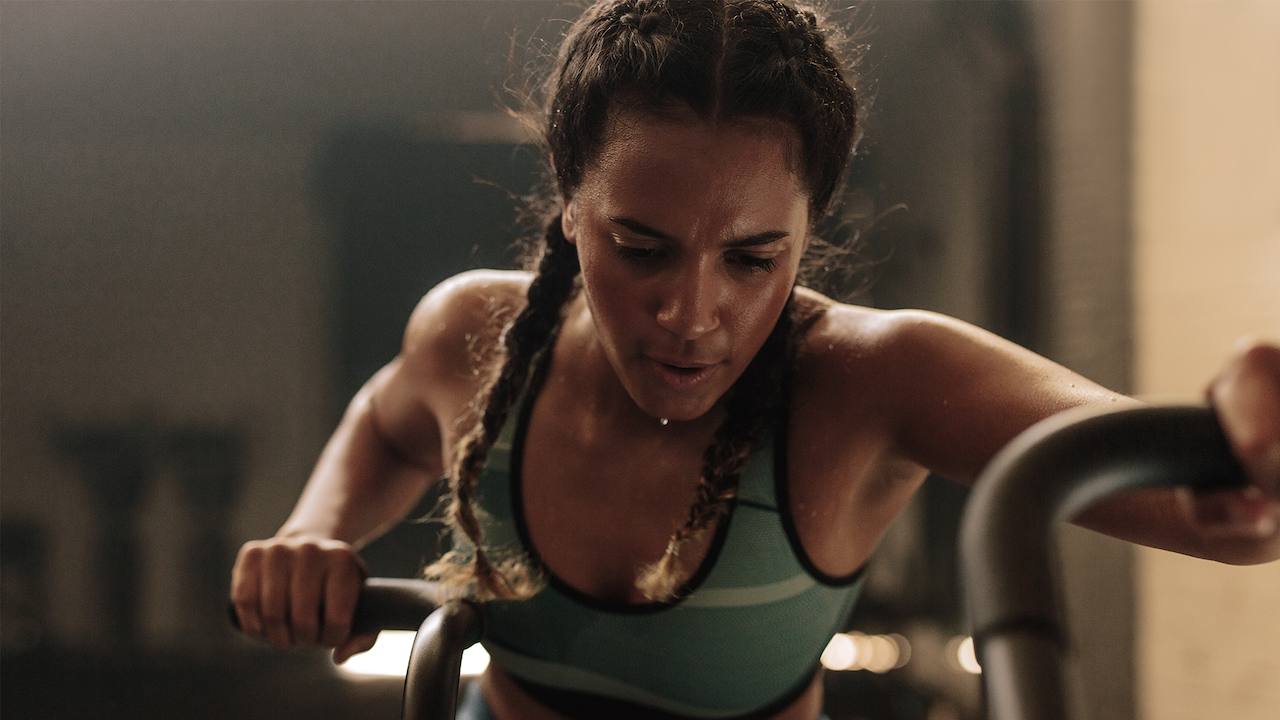The Evolution of Menstrual Cycle Training
Why We’ve Moved on from “Train by Your Phase.”
For years, the conversation about women’s training centered on the menstrual cycle: do high-intensity work in the follicular phase, focus on endurance in the luteal phase, and rest during your period. (And for transparency here, I was one of the first to start talking about this, about 7-8 years ago).
That advice was groundbreaking at first. It finally acknowledged that women’s physiology isn’t the same as men’s. But the more data we collect, the clearer it becomes: there’s no single “right” way for all women to train around their cycles.
The real story is individuality.
How It Started
Early research linked fluctuations in estrogen and progesterone to changes in strength, recovery, and metabolism. As a result, some coaches began prescribing training by calendar day: heavier lifting when estrogen peaked, more aerobic work when progesterone rose.
It helped start a vital conversation. But it also created a new limitation; it meant that some women began (sometimes blindly) adapting their training to their cycle instead of responding to their own bodies.
Why That Approach Fell Short
Hormones are variable. Stress, sleep, illness, contraceptives, travel, and perimenopause can all shift hormonal patterns. Two women on Day 14 can have totally different symptoms and feel entirely different during a similar workout.
Studies show averages, not individuals. Most research reports group data. Averages mask the wide range of real-world responses.
Performance is multifactorial. Strength, endurance, and recovery depend on muscle mass, nutrition, neural drive, and training history—not just hormone levels.
So while hormones matter, let’s remember they’re only one piece of the performance puzzle.
What We Know Now
The new approach is about data-informed individualization. Instead of saying, “train hard in week 2,” we ask, “how ready are you today?”
Cycle tracking still matters—it’s valuable context—but it’s not a prescription. We combine cycle data with metrics like heart-rate variability, sleep, perceived exertion, and mood to build a complete readiness profile.
But there’s another key layer we now understand better: not every cycle is ovulatory.
An anovulatory cycle happens when the body goes through what looks like a normal bleed, but no egg is released. You still get hormonal fluctuations, but progesterone never truly rises. This can happen from stress, high training load, under-fueling, or even travel.
If you’re tracking your cycle and basing your training off it, anovulatory cycles can make things confusing: you might think you’re in a high-progesterone luteal phase when in fact, you’re not.
Recent research published in Frontiers in Sports and Active Living (2023) and Sports Medicine (2025) shows that anovulatory or short-luteal cycles are common in active women, especially those training hard or under-fueling. You can still have a “normal” bleed and miss ovulation entirely.
That’s why we have to use our data—energy, mood, performance, recovery—not just the calendar.
My Core Training Principles
-
Strength training is non-negotiable. Lifting consistently throughout the month protects bone, muscle, and metabolic health. Don’t restrict it to follicular weeks.
-
Train by readiness, not the calendar. If energy, sleep, and HRV look good, great, go for it. If not, modify intensity or focus on technique and recovery.
-
Periodize across months, not days. Think long-term blocks that account for work, travel, and life stress—real factors that shape adaptation.
-
Track what matters. Simple logs—energy, sleep, mood, and one or two performance markers—reveal your patterns better than any app algorithm.
-
Fuel your workouts, every day. Support high-intensity sessions with carbs, prioritize protein across meals, and stay consistent through all phases.
-
Adapt for your life stage. In perimenopause especially, hormone fluctuations become unpredictable, so readiness and recovery cues are even more important.
Putting It into Practice
If you’d like to try this for yourself and really get an individualized look at how your cycle impacts your training, try this:
-
Track for three full cycles. Note your sleep, energy, and performance. Look for your repeatable trends.
-
Use a simple pre-session check. Resting heart rate high? Poor sleep? Low motivation? Scale back intensity but stay consistent.
-
Prioritize strength training at least once a week. Neural stimulus maintains strength and power, even in “low” phases.
-
Test, don’t guess. Validate your patterns with real data over several cycles before reshaping your training blocks.
Why It Matters
Rigid, one-size-fits-all cycle plans can backfire, causing missed performance windows and slower progress. When you individualize based on readiness and context, you optimize training stress, improve recovery, and stay adaptable.
Cycle awareness is still powerful; it’s part of understanding your physiology. But it should guide you, not confine you.
We’ve evolved from telling women to “train by your cycle” to empowering them to train by their data.
Know your physiology. Notice patterns. But trust your readiness above all. The best training program isn’t written by a calendar—it’s informed by you and your body.
If you want help putting this into action or are simply keen to learn more, check out some of my most popular resources below, all of which are here to help you perform at your best—every day of the month.
HELPFUL RESOURCES:
- ROAR
- Next Level
- Menopause 2.0 Course
- Microlearning Courses
- Articles
- Women Are Not Small Men TedX Talk
- Dr. Stacy Sims Official YouTube
- Dr. Stacy Sims Instagram
Sign up to join my newsletter community here!







